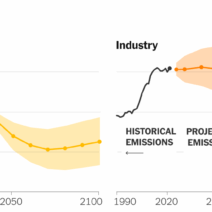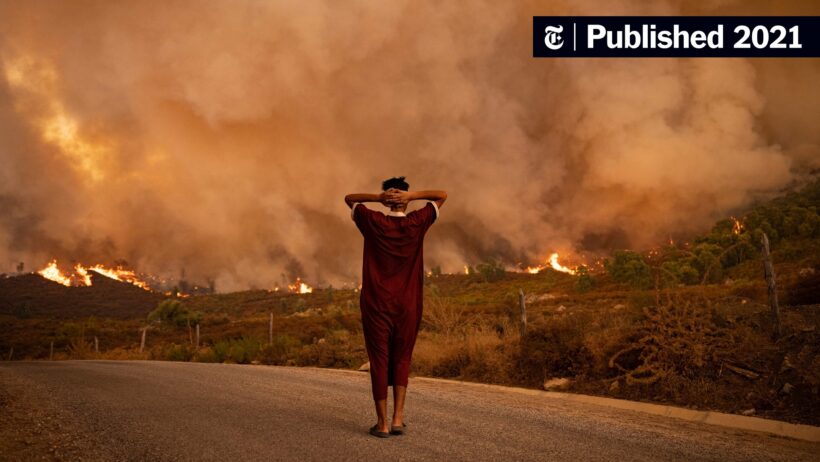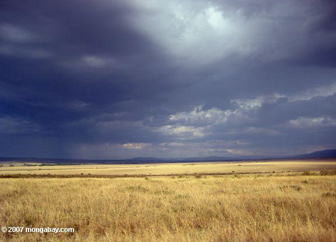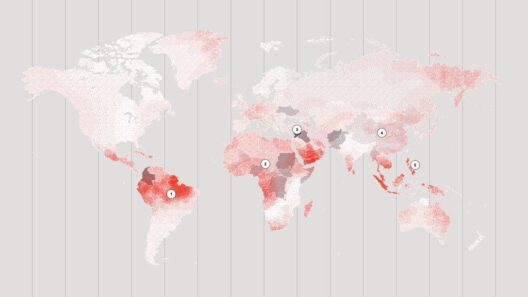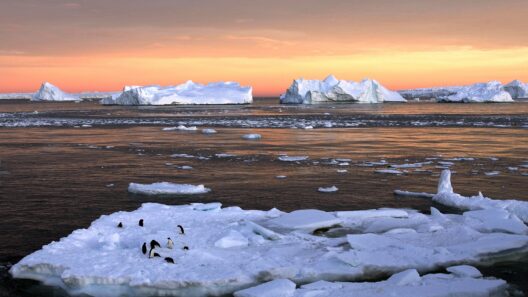Climate change has long been a topic mired in controversy, yet the urgent need to address the escalating crisis is pressing. As communities grapple with the consequences of global warming, a new paradigm emerges—the concept of the “human handprint.” This term encompasses the myriad ways human activity directly influences the environment, serving as a counterbalance to the better-known notion of the “carbon footprint.” While our carbon footprint focuses on the greenhouse gases we emit, the human handprint offers a broader, more encompassing view of our impacts, encompassing resource consumption, land use, and biodiversity loss, along with carbon emissions. Delving into this concept not only unveils our profound responsibility but also highlights the opportunity for profound change.
The crux of understanding the human handprint lies in recognizing how daily actions—both mundane and monumental—affect natural ecosystems. From the food we consume to the products we purchase, every decision imprints itself on the planet. For instance, agriculture accounts for a significant portion of the global greenhouse gas emissions, with different sectors exhibiting varying effects. Livestock farming, particularly beef production, is notorious for its methane emissions, which are vastly more potent than carbon dioxide. The consequences extend beyond mere emissions; deforestation for pastureland leads to habitat destruction, diminishing biodiversity and exacerbating the extinction crisis. Thus, each bite of a cheeseburger carries with it a cascade of ecological repercussions.
Moreover, the human handprint extends into urban landscapes. The transition to urbanized centers has drastically altered land use. Cities cover only about 3% of the Earth’s land surface but are responsible for a disproportionate amount of greenhouse gas emissions. The infrastructural developments needed to support these densely populated areas contribute to heat islands, which further exacerbate the warming effects. Through altered rainfall patterns and increased energy consumption, urbanization underscores the intertwined fate of human habitation and climate change.
Equally pressing is the issue of plastic pollution—a direct manifestation of our contemporary lifestyle that significantly jeopardizes marine ecosystems. The statistics are staggering: millions of tons of plastic waste enter the oceans annually, resulting in ecological disruptions that can linger for centuries. Marine animals ingest microplastics or become entangled in debris, threatening biodiversity. The human handprint here is stark; our convenience-driven consumption patterns have irrevocably altered the delicate balance of marine habitats.
Addressing the intricacies of our handprint necessitates a shift in perspective. Understanding that our actions hold the power to yield both negative and positive outcomes is pivotal. The potential for regenerative practices presents an avenue for restoration. By adopting sustainable agricultural techniques, such as crop rotation or agroforestry, communities can enhance soil health while sequestering carbon. Innovations in renewable energy sources, from solar to wind, illustrate another facet of our handprint; these technologies not only mitigate emissions but also illustrate the potential for a harmonious coexistence with nature. Each of these practices challenges the narrative of environmental degradation, showcasing that profound change can stem from conscious choices.
The role of policy is paramount in realigning the human handprint towards sustainability. Government intervention can reshape economic incentives aligning with ecological well-being. Implementing stringent regulations on emissions, fostering investment in clean technology, and incentivizing sustainable practices can catalyze a significant shift towards an environmentally conscious culture. Global treaties, such as the Paris Agreement, reflect a collective awareness of the perils of climate change, yet their efficacy hinges on individual and collective commitments to living within ecological boundaries.
Furthermore, education emerges as a critical element in unpacking the human handprint. By instilling awareness in communities about the ramifications of their choices—ranging from energy consumption to waste management—individuals can become catalysts for change. The philosophical underpinnings of stewardship call for a recognition of our duty to the Earth, fostering an ethos of care that transcends generations. Initiatives that encourage environmental literacy not only empower individuals but also promote community activism, further amplifying the ripple effect of sustainable practices.
Intriguingly, art and storytelling also emerge as potent tools in reshaping our relationship with the environment. The narratives we weave about our interactions with nature profoundly affect public perception. Artistic endeavors can evoke empathy, compel action, and inspire communities to embrace their role in fostering ecological balance. Through visual art, literature, and digital media, we are presented with the opportunity to rethink our handprint, inviting individuals to consider their role in the greater ecological narrative.
Ultimately, the exploration of the human handprint heralds a realization: our actions matter. They resonate through every corner of the ecosystem, sculpting our planet’s future. Acknowledging the warmth of the sun, the clear waters of rivers, and the diversity of flora and fauna ignites a greater sense of responsibility. The shift in perspective promises not only a reprieve from climate-related adversities but also an invitation to reconnect with the natural world. By embracing sustainability, we can nurture a profound change that honors our relationship with the Earth, ensuring that the human handprint becomes a legacy of resilience rather than a testament to destruction.
In conclusion, the human handprint serves as both a challenge and an opportunity. As individuals, communities, and nations, the choices made today significantly shape the ecological landscape of tomorrow. Recognizing our agency in this interconnected web of life transforms a daunting narrative into one imbued with potential—potential for healing, growth, and an enduring commitment to the planet. Each of us holds the quill; it is time to write a different story, one where the human handprint symbolizes stewardship rather than exploitation.

